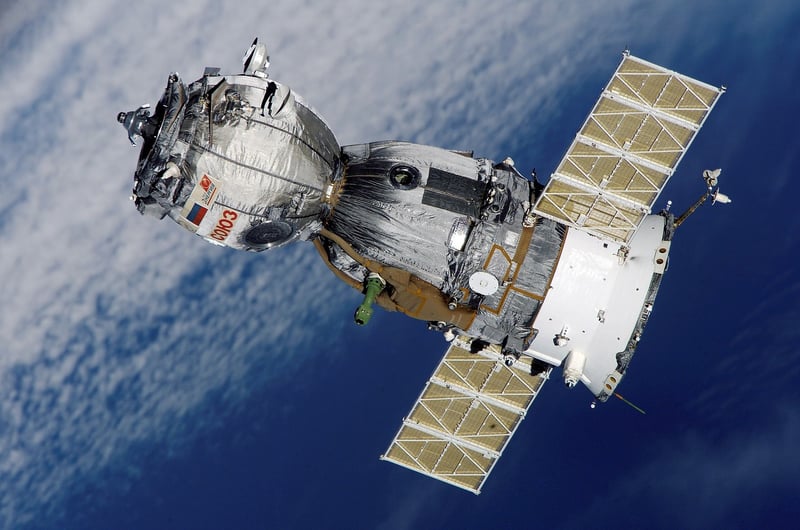Wormholes
The Fascinating World of Wormholes: Unraveling the Mechanisms of Travel
Traveling through space and time has long been a subject of fascination for both scientists and science fiction enthusiasts. One of the most intriguing concepts that has captured our imagination is wormholes. These hypothetical tunnels in spacetime offer a potential shortcut for interstellar travel, allowing us to traverse vast distances in the blink of an eye. Let's delve into the mechanisms of travel through wormholes and explore the wonders of this mind-bending phenomenon.
What are Wormholes?
Wormholes, also known as Einstein-Rosen bridges, are theoretical passages through spacetime that create shortcuts connecting two separate points in space. In essence, they are like tunnels with two ends, each located in different points of the universe. These cosmic tunnels bend spacetime, creating a path that could potentially allow for faster-than-light travel.
How Do Wormholes Work?
The concept of wormholes is based on Einstein's theory of general relativity, which describes how massive objects warp spacetime. By manipulating the curvature of spacetime, it might be possible to create a wormhole that links two distant locations. However, sustaining a wormhole would require exotic matter with negative energy density to keep it stable and prevent it from collapsing.
Traveling Through Wormholes
While the idea of traversing through a wormhole sounds like something out of science fiction, the reality is far more complex. The journey through a wormhole could involve navigating intense gravitational forces, avoiding potential time dilation effects, and ensuring the stability of the passage. Theoretical physicists continue to explore the possibilities and challenges of using wormholes for interstellar travel.
Challenges and Considerations
Despite the tantalizing prospects of wormhole travel, numerous challenges and paradoxes accompany this concept. Issues such as the creation of stable wormholes, the avoidance of destructive feedback loops, and the prevention of temporal anomalies raise significant hurdles for the practical realization of interstellar shortcuts through wormholes.
Conclusion
Wormholes represent a captivating avenue for contemplating the mechanisms of travel beyond conventional spacetime boundaries. While the scientific community continues to investigate the theoretical aspects of wormholes, their practical application for interstellar travel remains a distant dream. Nevertheless, the exploration of wormholes fuels our curiosity and sparks our imagination about the vast possibilities that lie beyond the confines of our known universe.

For more information on wormholes and the mysteries of spacetime, you can visit NASA's website or explore the works of renowned physicists such as Stephen Hawking and Kip Thorne.
